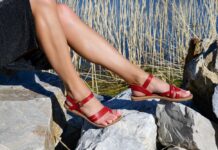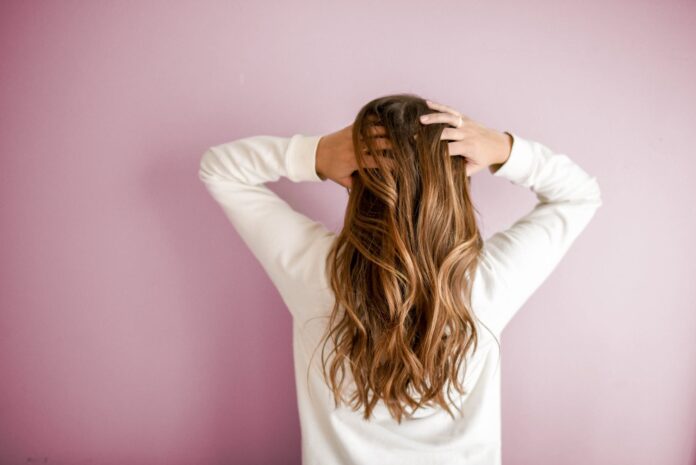
With the current lockdown, you might not be going to the hairdresser’s soon, but you’ve got the perfect setting for at-home haircare. Limited social life and increased free time equal giving your hair a break and focusing on nourishing treatments. Even though almost everything is closed, it does not mean that you cannot improve your overall health, as well as the health of your hair, while you sit in your house.
There are many things that you can do to make your hair look better, softer, and healthier even without using professional products. Did you know that there are natural ingredients that will bring back the shine you’ve lost by coloring it? Here are a few ideas on how to give life to your hair during self-isolation.
-
A much-needed break
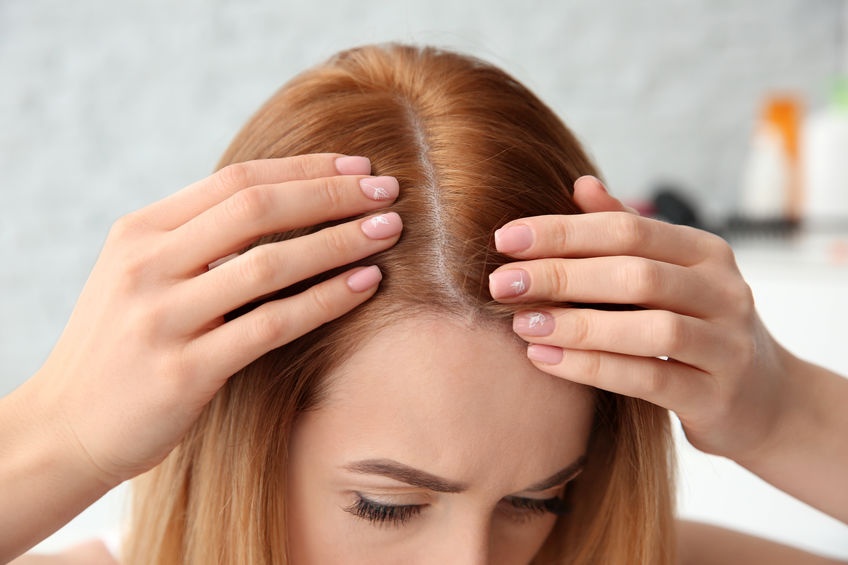
Spending most, if not all, of your time at home means you are not exposing your hair to the elements. The cuticle is the outermost layer of each hair strand that protects the inner layers responsible for hair strength and color-producing. The UVA and UVB rays from the sun damage the hair cuticle, leaving the hair dry and discolored. Wind also deprives the hair of moisture, while creating tiny knots in individual strands. Brushing your hair to untangle it can cause the hairs to break at the point where the knots are.
In addition, you can significantly reduce heat damage to your hair. Using hot tools alters the state of the proteins in hair strands. Limiting or completely giving up on heat styling will treat your hair to a break. Now is a great time to learn more about some heatless hairstyles that you can also use in the future.
-
Spacing out washes
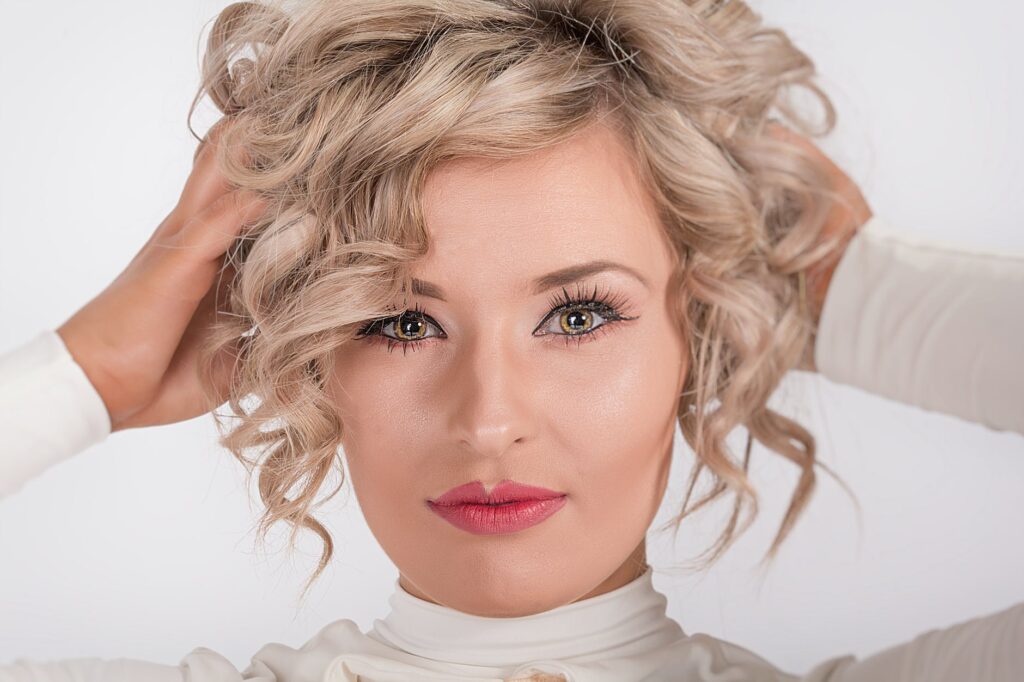
There is no right frequency to wash your hair. For example, sebum, the natural oil that builds up on your scalp, travels down slower on curly and coarse hair types. If that’s you, you can easily go for a few days between washes. Chemically-treated hair (bleached, colored, etc.) also needs more time to get greasy.
Washing your hair strips it down from sebum, which can lead to dry and brittle ends. Spacing out hair washes, even if it means waiting only one more day than you usually would, gives time for your hair’s oil to nurture strands. The production of sebum is naturally regulated so in less than a month your hair will adapt to this new routine and look fresh for longer.
Salt in sweat can dry out the scalp while making hair appear more greasy. That’s why sports activities might require you to have more frequent washes. Dry shampoos or only rinsing your hair with water are two options to maintain the look and health of your hair.
-
Or no washes at all
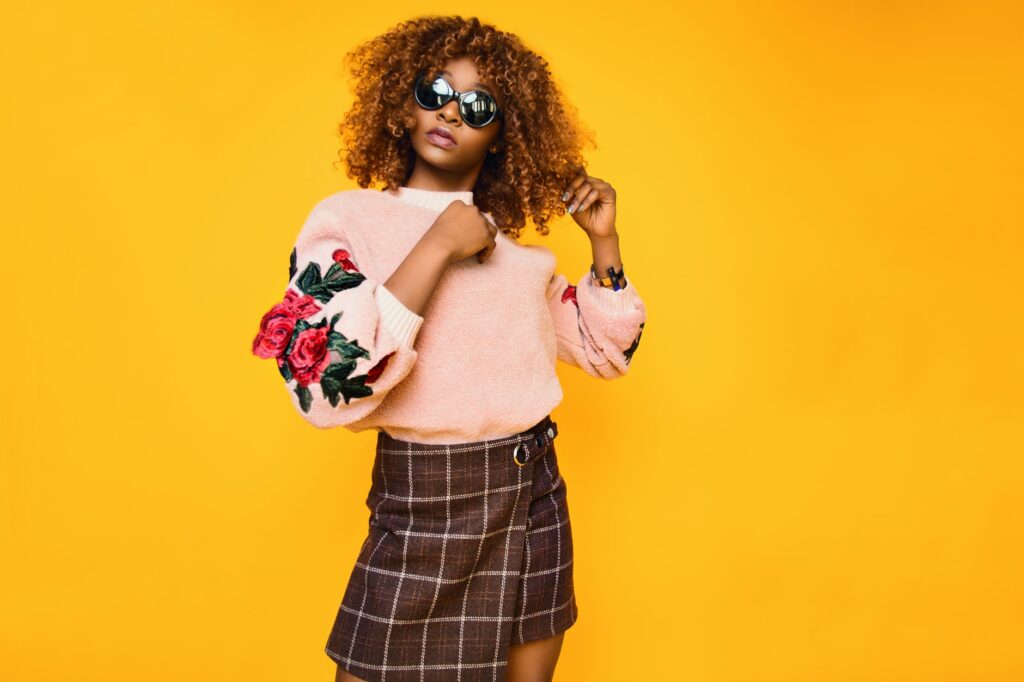
If you’re up for a challenge, you can try the “no-poo” method which promotes hair washes without the use of commercial-bought shampoos. Practitioners believe that the chemicals in shampoos remove sebum which leads to excessive production to restore the balance. Going for more gentle alternatives, such as apple cider vinegar or water-only washes, breaks this vicious cycle. Adapting to this method takes time, which is difficult to arrange if you need to go to the office or attend social activities. Well, that’s none of your problems now.
Just remember that this method does not work for everyone. Some people say that after a month without washing their hair became better, softer, and healthier, while others report that nothing happened besides their hair being smelly and oily. You can give this method a chance, but follow your hair closely and see if that is something that’s good for you.
If you don’t want to go to extremes, you can wash it once every week, or every 10 days, just to see how the natural oils are going to heal it. You can try natural ingredients or rose water and combine that with the no-poo method.
-
Leaving out hair masks
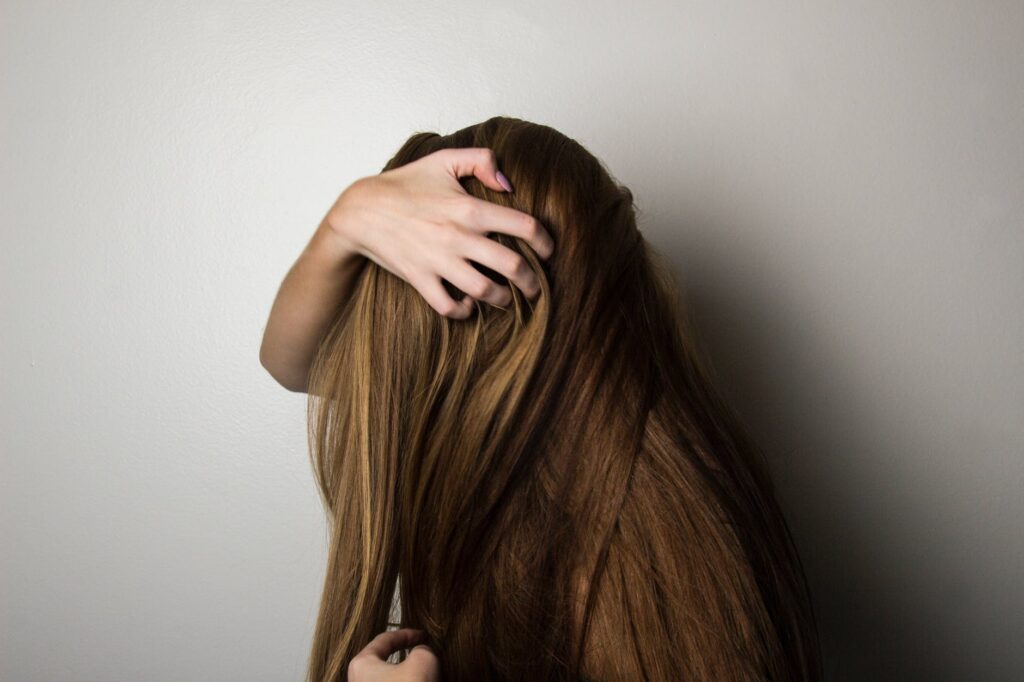
You usually might not have time to leave out your hair mask to act in-depth. You can opt for any products you might have at home or prepare a treatment and let it sit for hours. Protein-rich foods, such as yogurt, coconut milk, and eggs, can help repair heat-damaged hair. Fatty acids, found in avocados, and olive oil’s moisturizing properties, make both great additions to hair masks.
You can even put honey on the roots if you have oily hair, or you can put it on the whole length. Just remember that honey will lead to a sticky mess, so put a shower cap on, and don’t go out to the balcony. You definitely don’t want to attract bugs and to risk bees flying in your hair.
-
Hair dye alternatives
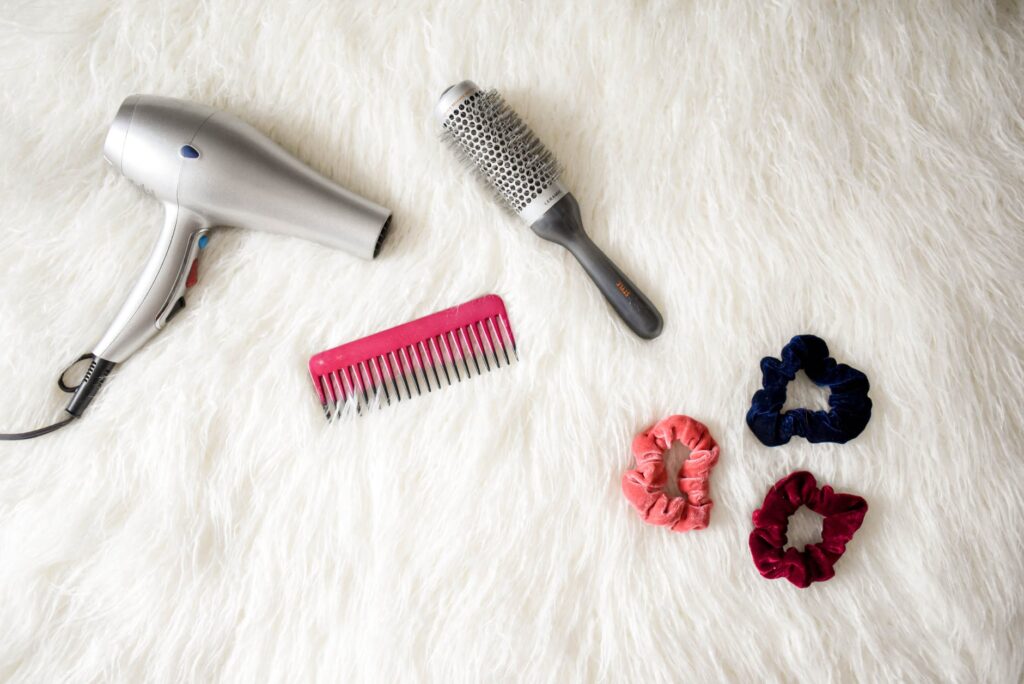
Regular chemical treatments make strands more porous so the hair needs added moisture to remain healthy. Cutting down on coloring prevents the hair from more damage while giving it time to repair. Alternatives include color hair sprays and temporary dye shampoos, both excellent options to cover-up gray hairs without the downsides of permanent dyes.
If you still want to try some dyes, now is the time to try something crazy that you’d never try without the isolation. Color your hair green or blue, and remember that the semi or demi-permanent dyes last about a month, so you can still see if you can rock that look without damaging your hair or making a permanent choice.
These are some excellent ideas to give a treat to your hair. You can try all of them, or you can try just one or two. If you are allergic to some ingredient, you should not put it in your hair or on your head. If you are trying a new product, make sure you test it on the inside of your forearm at least 48 hours before you put it on your head.
The best part is that they mostly require you to do less, so you have more time to focus on learning new skills or spending time with loved ones, or with yourself. Now is the time to relax and to take care of yourself. Try new things, or don’t try anything at all. Do what makes you happy and remember that staying healthy is the most important thing now.

